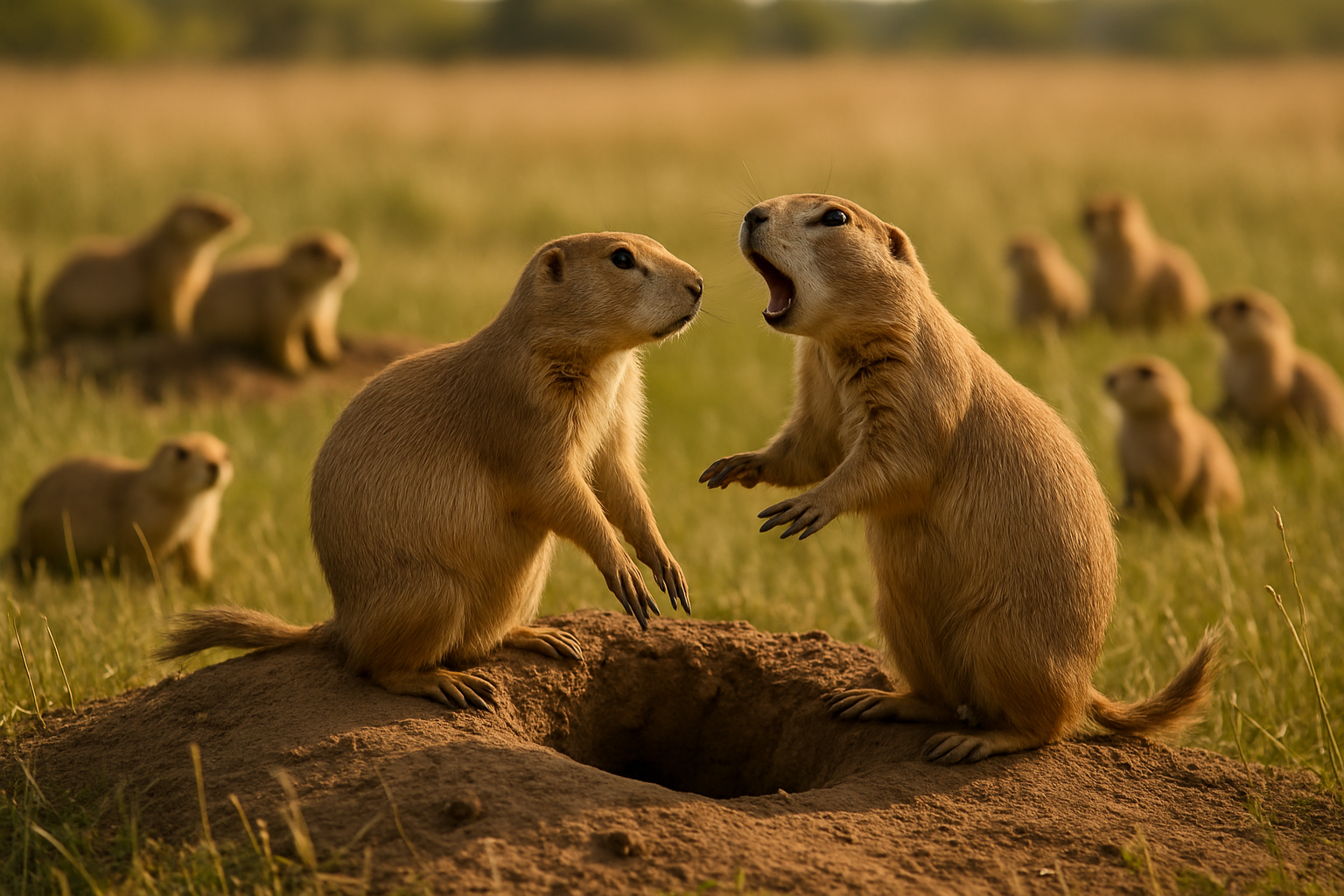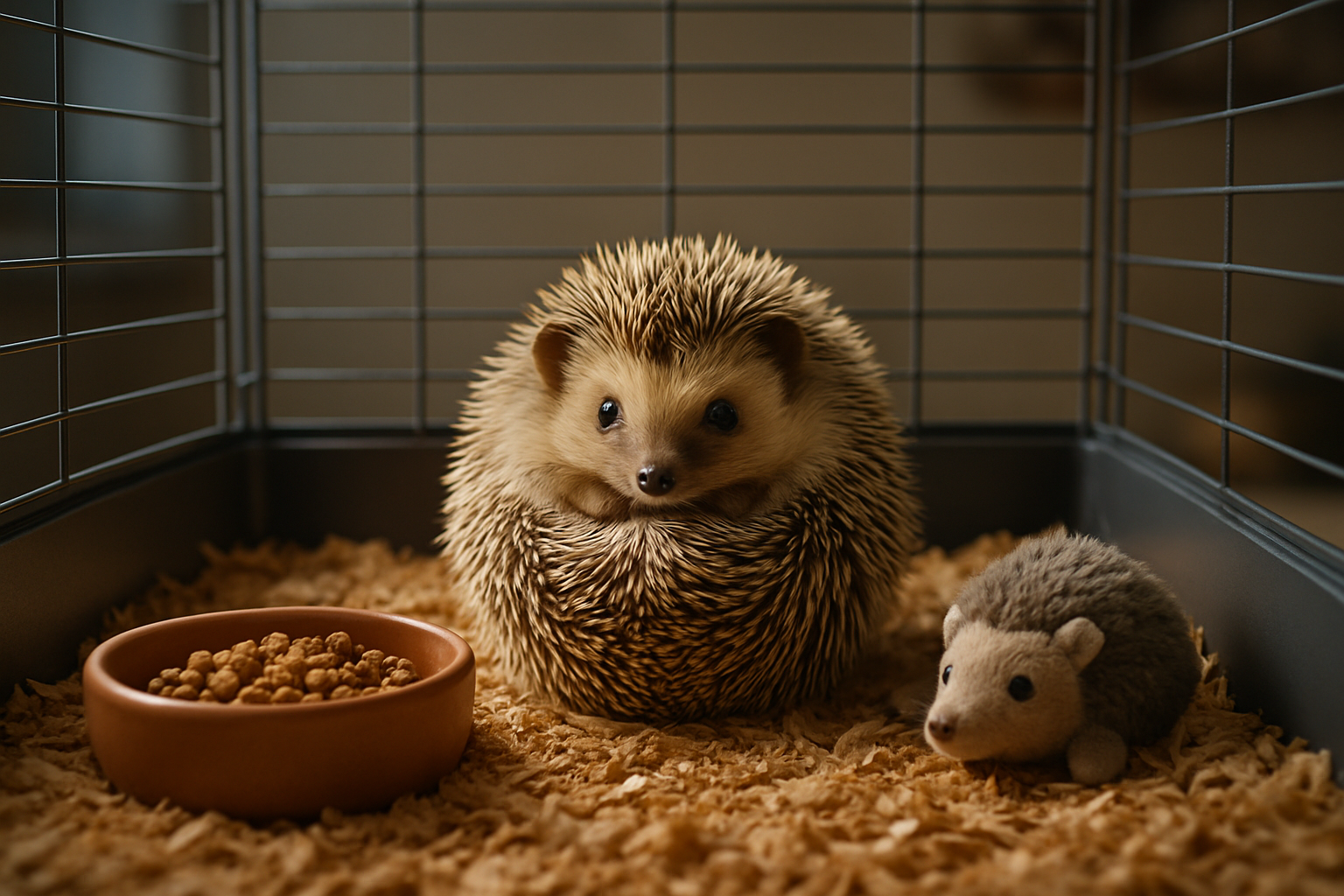"Decoding the Social Behavior of Prairie Dogs: The Complexity of Rodent Societies"
Few animals are as fascinating and complex as prairie dogs. These small rodents, native to the grasslands of North America, are often overlooked in the realm of animal behavior. Yet, they exhibit one of the most intricate and organized social structures in the animal kingdom. Their complex communication system, cooperative breeding, and advanced defense mechanisms are just a few fascinating aspects of prairie dog society – a society that rivals that of higher mammals in its complexity and sophistication.

The Prairie Dogs: A Historical Perspective
Prairie dogs were once abundant throughout the North American prairies, with an estimated population of around five billion. However, due to habitat loss and extermination efforts, their numbers have drastically decreased. Despite their decreasing population and declining habitat, prairie dogs have managed to maintain their intricate social structures, exhibiting behaviors that have intrigued and surprised scientists throughout the years.
The Social Structure: A Unique Organization
Prairie dogs live in extensive colonies, known as “towns,” which can span hundreds of acres and contain thousands of individuals. These towns are divided into wards, which are further subdivided into smaller family groups called coteries. A coterie typically consists of one to two males, several females, and their offspring. This highly organized social structure allows for efficient communication, resource allocation, and defensive strategies.
Communication: More Than Just Barks
One of the most remarkable aspects of prairie dog society is their advanced communication system. They have a wide range of vocalizations, each with specific meaning. Some calls warn about approaching predators, with different sounds for different types of threats. Some even suggest that prairie dogs possess a form of language, with their calls conveying intricate details about the size, shape, and speed of an approaching predator.
The Impact of Prairie Dogs on the Ecosystem
Prairie dogs play a vital role in their ecosystem. Their burrowing activity aids in soil aeration, leading to healthier grasslands. Moreover, their colonies provide shelter for various other species. Despite their ecological importance, prairie dogs are often viewed as pests by farmers and ranchers, leading to widespread extermination efforts. This has not only resulted in a significant decline in prairie dog populations but has also negatively affected the overall health of the grassland ecosystem.
Future Prospects: Conservation Efforts and Challenges
Efforts are being made to conserve prairie dogs and their habitats. However, these efforts face numerous challenges, including opposition from farmers and ranchers, habitat fragmentation, and disease outbreaks. It’s crucial that we recognize the ecological importance of prairie dogs and work towards their conservation.
In conclusion, prairie dogs are much more than simple rodents. Their complex social structures, sophisticated communication systems, and vital role in the ecosystem make them a fascinating subject of study. As we strive to understand and protect these remarkable creatures, we’re reminded of the intricate web of life that exists within even the smallest of species.





